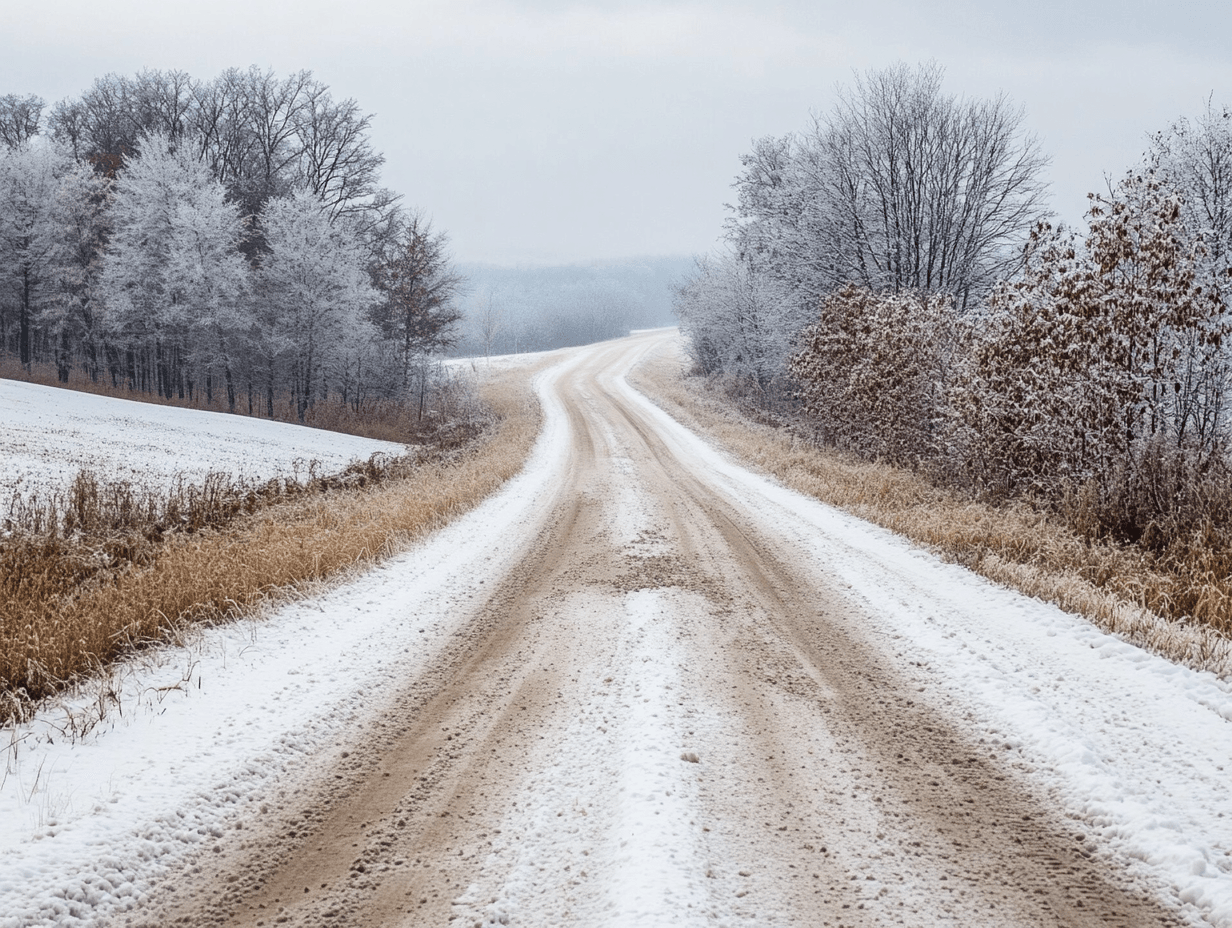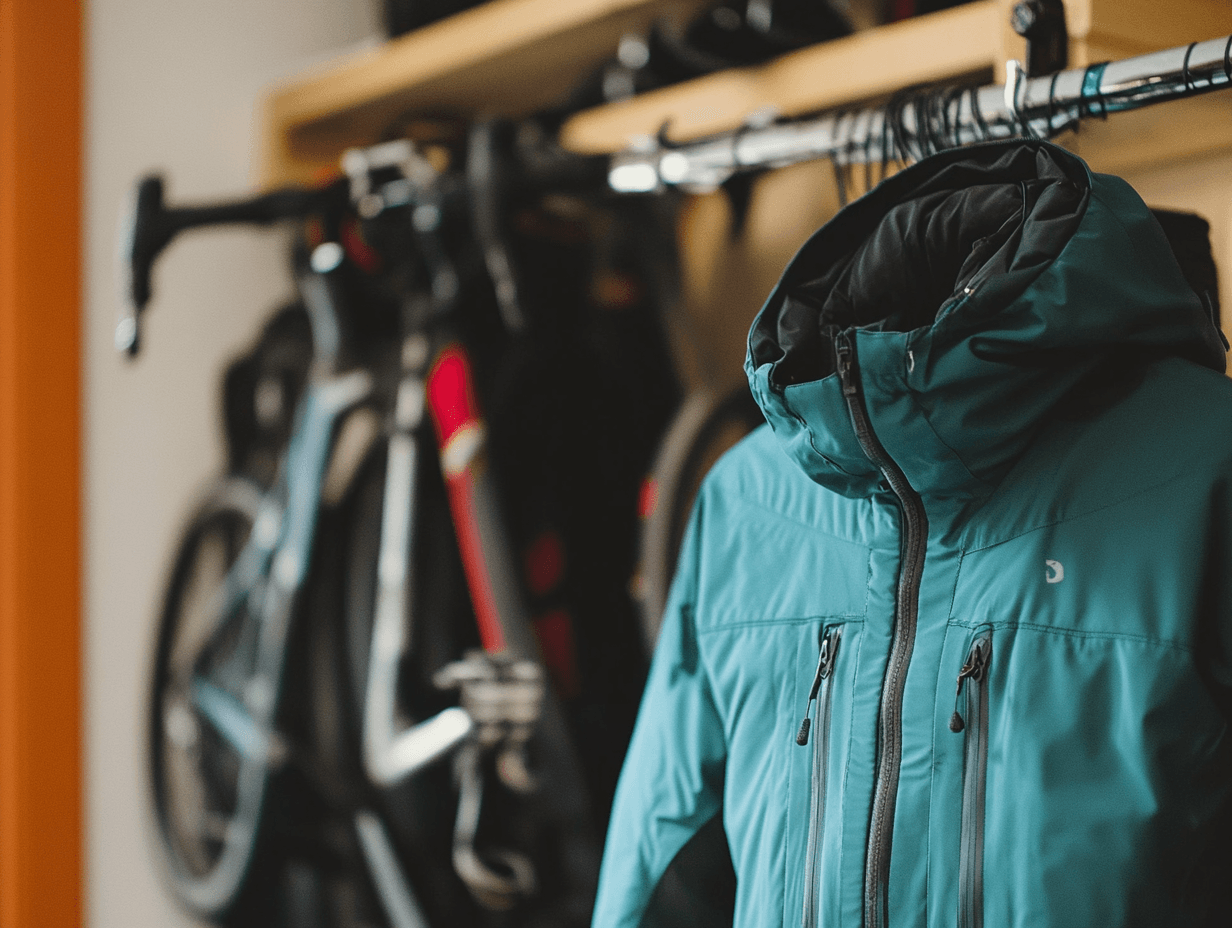Winter presents unique challenges for gravel cyclists. As temperatures drop and landscapes transform, planning routes and prioritizing safety become critical to maintaining an enjoyable and risk-free riding experience. This comprehensive guide will help you navigate the complexities of winter gravel cycling with confidence.
Understanding Winter Gravel Terrain
Winter gravel routes are dramatically different from their summer counterparts. Expect:
- Unpredictable surface conditions
- Reduced traction
- Potential ice and snow patches
- Limited daylight hours
- Rapidly changing weather patterns
Surface Condition Variations
Gravel roads undergo significant transformations in winter:
- Mud becomes more prevalent
- Surfaces can alternate between frozen and soft
- Potential for hidden ice patches
- Increased likelihood of loose gravel and debris
Essential Route Planning Strategies
1. Research and Reconnaissance
Before heading out:
- Use local cycling forums and community groups to gather recent route information
- Check county and township road maintenance schedules
- Utilize mapping applications with terrain overlays
- Consider crowd-sourced cycling route platforms like Komoot or Strava
2. Route Selection Criteria
Prioritize routes with:
- Minimal elevation changes
- Southern exposures (more sun, less ice)
- Known maintenance patterns
- Proximity to populated areas
- Alternative exit strategies
3. Technology-Assisted Planning
Leverage digital tools:
- GPS cycling computers with offline maps
- Weather tracking applications
- Route planning software with real-time terrain updates
- Mobile apps showing current road conditions
Safety Preparation Checklist
Personal Gear
Must-have winter cycling equipment:
- Layered, waterproof clothing
- High-visibility gear
- Thermal base layers
- Windproof outer shell
- Waterproof gloves and shoe covers
- Emergency thermal blanket
- Fully charged mobile phone
- Portable battery charger
Bike Preparation
Winter-specific bike modifications:
- Wider, knobby tires with increased traction
- Lower tire pressure for better grip
- Fenders to protect against mud and water
- Disc brakes for improved stopping power
- Sealed cable systems
- Lightweight frame protection
Conclusion
Winter gravel cycling offers unique challenges and extraordinary experiences. By combining thorough preparation, advanced technology, and adaptive strategies, you can safely explore winter landscapes while minimizing risks.
Remember: No ride is worth compromising your safety. Stay informed, prepared, and enjoy the winter gravel adventure responsibly.
Ride safe, ride smart, ride prepared.





